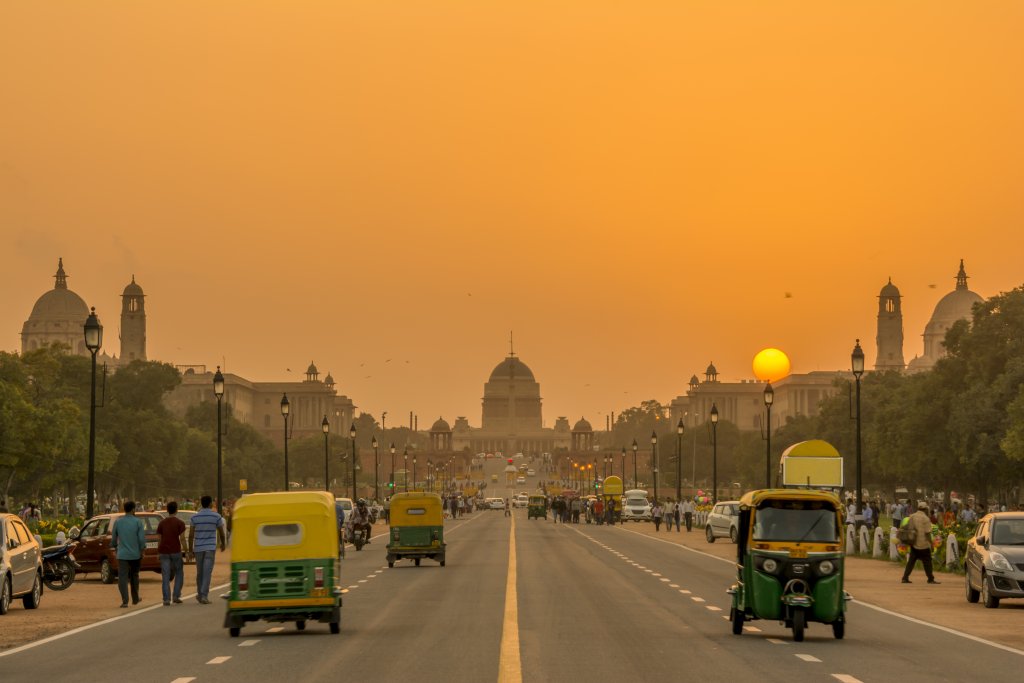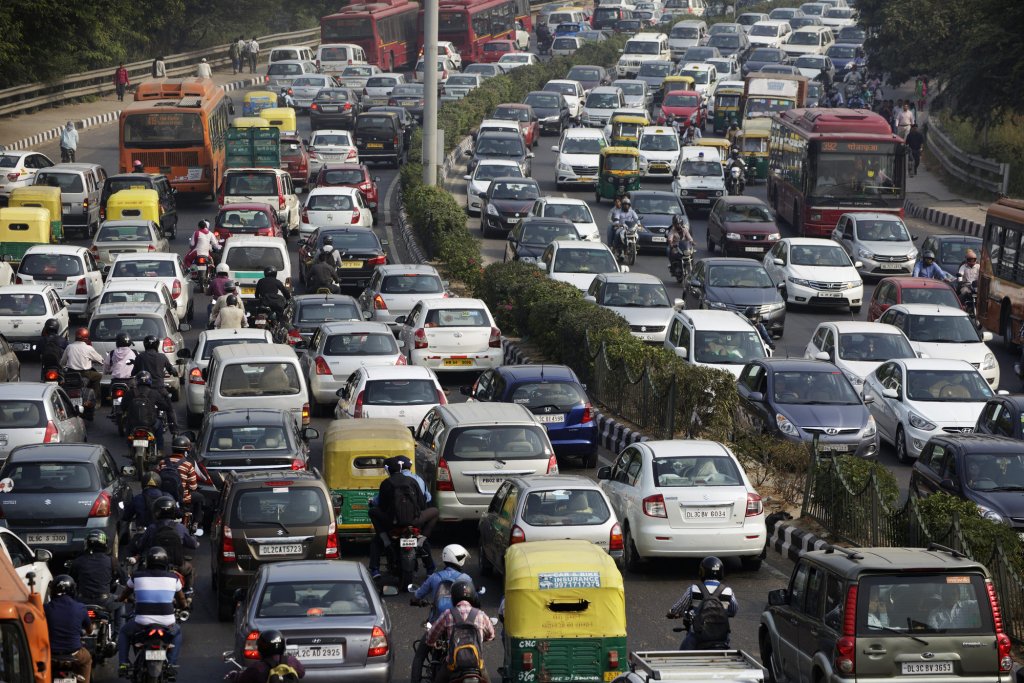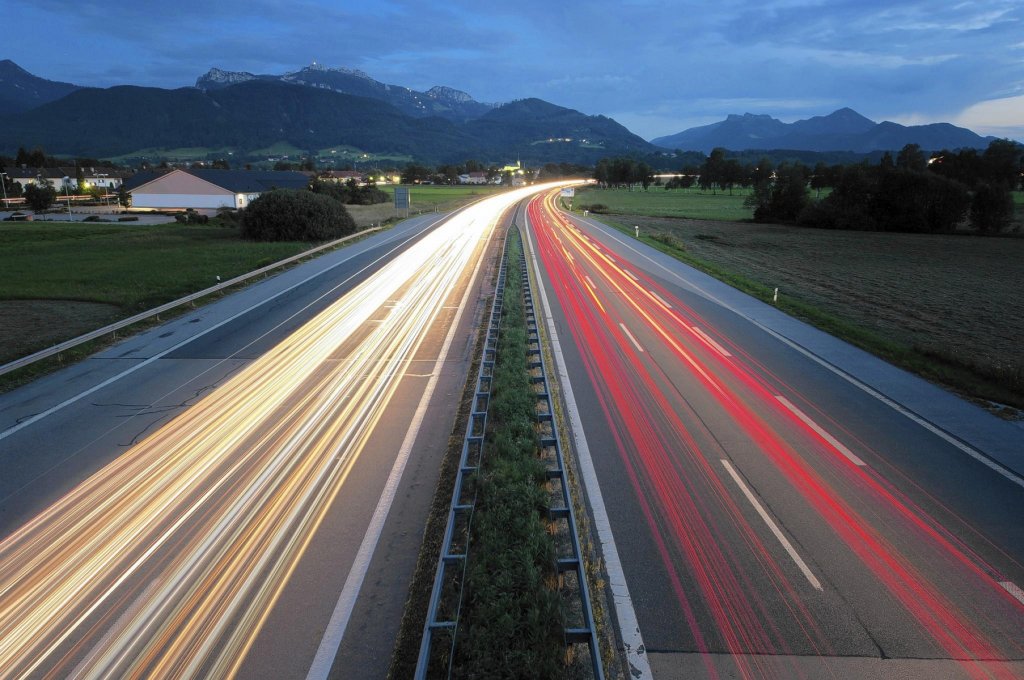 Swipe for more categories
Swipe for more categories 
Quiz: Can You Name Which City These Iconic Landmarks Are In?
Warning: Undefined variable $post_id in /var/www/dsw/wp-content/themes/DriveSmart_2024_v1.1/single.php on line 27
March 15, 2019
Warning: Undefined variable $post_id in /var/www/dsw/wp-content/themes/DriveSmart_2024_v1.1/single.php on line 75
Quiz: Can You Name Which City These Iconic Landmarks Are In?
Warning: Undefined variable $post_id in /var/www/dsw/wp-content/themes/DriveSmart_2024_v1.1/single.php on line 76
March 15, 2019
Every city is known for something. Whether that would be its people, food, weather or landmarks, it is easy for us to remember where places are in the world based on something it’s known for. The number of tourists in the world was estimated at around 25 million people in 1950. Fast forward to 2019, over 1.2 billion people travel outside of their home to tour and explore. Challenge yourself with this fun quiz by naming each city based only on a photo of their landmark. While some landmarks you’ll be able to name instantly, others may have you stumped for a bit. We’ve included cities from every corner of the Earth, so you’ll definitely see a few you may have never seen
City Landmark Quiz
Sometimes Cities Are Known for Their Driving
Another thing a city may be known for is its driving conditions. If you ask someone to name a city with bad traffic, they’ll almost always have an instant answer. Others may recognize cities due to the behavior of how its people drive. Some cities are more friendly than others, while others can be outright scary to drive in as a foreigner.
Kfzteile24, an auto shop based in Berlin, Germany, conducted a study that identified 10 of the best and worst cities to drive in. They considered the following when conducting their study:
- Congestion level
- Cost of parking (USD/hr)
- Road quality
- Gasoline (USD/liter)
- Downtown to Airport speed (miles/hr)
- Road rage
- Diesel (USD/liter)
- Air pollution
- Public transport alternatives
- Road traffic injuries
The World’s Worst Cities to Drive In
There’s more to bad driving conditions than just traffic and weather. There are several countries around the world that are disadvantaged by many things when it comes to what makes their city bad to drive in. Countries with poor urban planning, little to no access to upgraded technologies, or a lack of civil education will struggle in organizing their roads. Those who do not solve these issues are unlikely to have their driving conditions noticeably improve as time goes on.
The top 10 worst cities to drive in are:
- Kolkata, India: 69% congestion, 11.20 mph average speed
- Karachi, Pakistan: 59% congestion, 11.20 mph average speed
- Lagos, Nigeria: 60% congestion, 10.70 mph average speed
- Ulaanbaatar, Mongolia: 65% congestion, 21.80 mph average speed
- Mumbai, India: 67% congestion, 8.10 mph average speed
- Bangalore, India: 64% congestion, 18.70 mph average speed
- Ho Chi Minh City, Vietnam: 64% congestion, 14.90 mph average speed
- Bogota, Colombia: 48% congestion, 12.50 mph average speed
- Mexico City, Mexico: 66% congestion, 17.50 mph average speed
- Istanbul, Turkey: 49% congestion, 11.80 mph average speed

As you can see, India has made the list several times. Those familiar with the country typically cite its overpopulation crisis as one of the biggest contributing factors driving down the quality of transportation throughout the country.
By 2050, India’s population is projected to reach 1.69 billion people. To put it into perspective, China, the country which currently claims the title of the world’s most populous country, is projected to have a population of 1.31 billion people. India will have surpassed China’s population by 38 million people.
The World’s Best Cities to Drive In
Countries that have excellent driving conditions are typically ones that are rich in terms of their economy, have a convenient geographical location, plan and invest in urban development and possess a culture where politeness is taken extremely seriously.
The top 10 best cities to drive in are:
- Dusseldorf, Germany: 20% congestion, 21.20 mph average speed
- Dubai, UAE: 26% congestion, 31.70 mph average speed
- Zurich, Switzerland: 31% congestion, 25.50 mph average speed
- Tokyo, Japan: 26% congestion, 30.50 mph average speed
- Basel, Switzerland: 27% congestion, 17.50 mph average speed
- Singapore, Singapore: 38% congestion, 32.40 mph average speed
- Dortmund, Germany: 23% congestion, 19.90 mph average speed
- Vienna, Austria: 31% congestion, 28.00 mph average speed
- Munich, Germany: 30% congestion, 27.40 mph average speed
- Calgary, Canada: 20% congestion, 26.80 mph average speed
Cities that possess excellent transportation systems such as an MRT or subway system can transport millions of people each day without breaking a sweat. Tokyo in Japan is a great example of this. Despite having a population of 9.273 million people, Tokyo still manages to make it into the top 5 when it comes to the best cities to drive in around the world.
Since Japan is known by many around the world to be one of the friendliest countries in the world, it shouldn’t come as a surprise to find out how considerate drivers are of one another when on the road. Cities throughout Japan possess the same “disadvantages” that were cited as the source of ranking for the worst cities to drive in. Cities are overpopulated, space is scarce, and not everyone can afford a car.
However, because Japan has revolutionized its cities through technological advancements and planned an advanced urban development strategy, it can be one of the lucky few on the top 10 best cities to drive in.
Fun Facts
Both India and Germany were countries featured in both lists several times. India turned out to be the worst country to drive in, while Germany turned out to be the best. Each country is unique in its own way and possess some mind-blowing facts about driving throughout them!
India
India is considered to have the world’s most deadly roads. More Indians have died in road accidents than the amount of Indians that have died in all the wars the country has fought. Delhi is one of the most polluted cities in the world with more than 11 million cars on the road.

The statistics on India’s roads are shocking:
- 500,000+ accidents occur each year
- 150,000 Indians are killed each year
- There is an accident on the road every 60 seconds
- There is a death every four minutes
Many blame inadequate laws, poor law enforcement and overpopulation to be the root cause of the chaos taking place on India’s roads.
Germany
Germany is known for having both safe roads and high-speed highways. Unlike other countries, Germany requires its citizens to have first aid training before they are eligible to obtain a driver’s license. Germany takes traffic law enforcement very seriously, with the Fahreignungsregister system recording all traffic law violations throughout the entire country.

Despite what you may believe, the German Autobahn, or the high-speed highway does have a speed limit on it. The law technically recommends a maximum speed of 130 KM (80 MPH) while driving on the Autobahn. However, the Autobahn doesn’t have a national speed limit. In other words, if you are involved in an accident on the Autobahn and your car’s speed was above 130KM, you can be held accountable if damage or loss of life occurred.
"> /var/www/dsw/wp-content/themes/DriveSmart_2024_v1.1/single.php on line 177
">
"> /var/www/dsw/wp-content/themes/DriveSmart_2024_v1.1/includes/quote-modal.php on line 8
">


